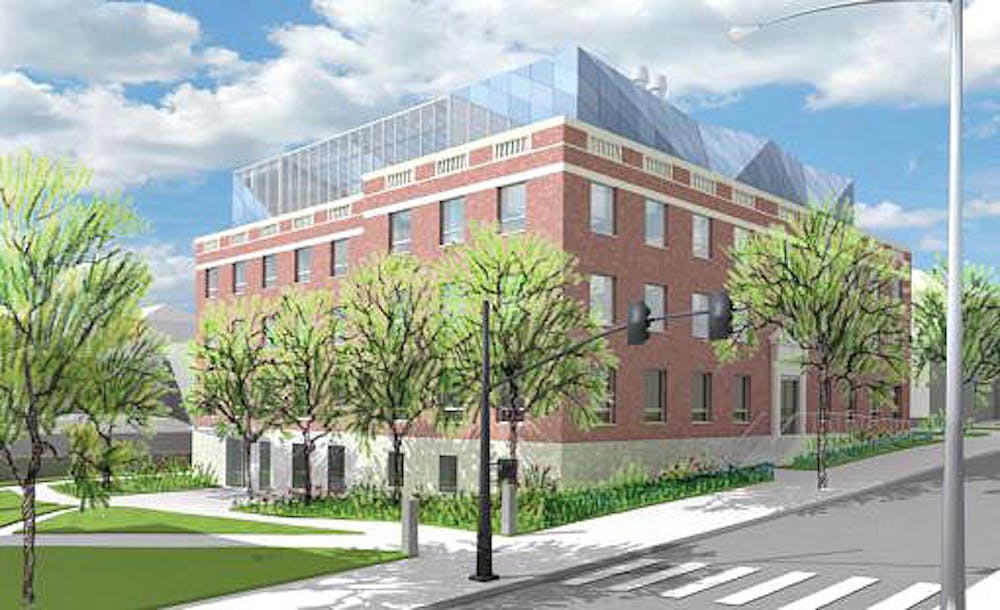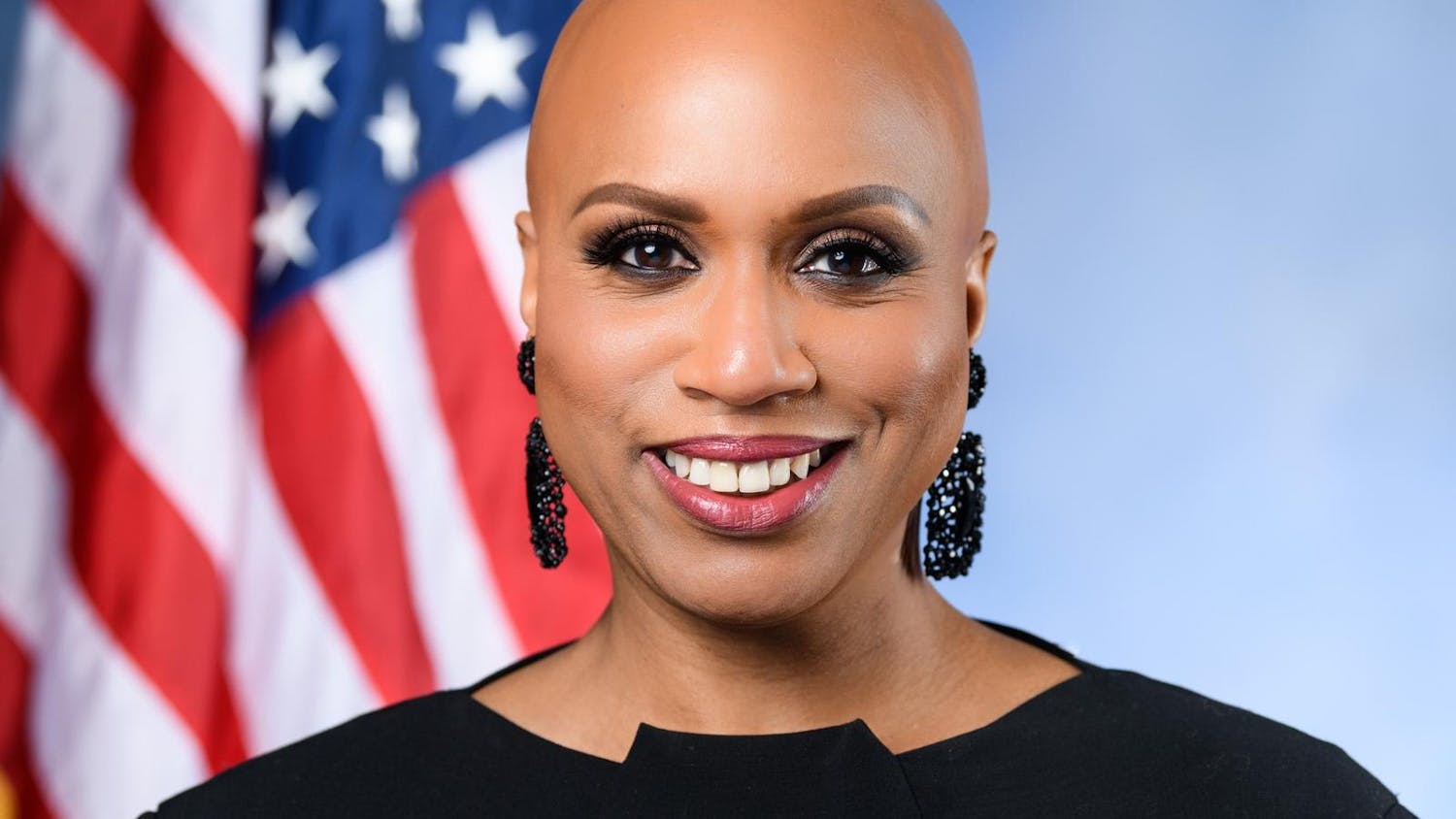Recent financial gifts to the University demonstrate a trend of donors increasingly specifying what their contributions should fund, said Patricia Watson, senior vice president for University advancement.
“There is a trend slowly moving to friends (of the University) wanting to support very specific (programs),” she said. “They give their money directly to what they want to support.”
The Corporation approved more than $31 million in gifts to the University in a conference call last month. As the University’s highest governing body, the Corporation must approve all gifts totaling over $1 million.
The largest gift the Corporation approved was an as yet untargeted of $10 million from Marty Granoff P’93. In the second-largest gift it approved last month, the Corporation accepted an anonymous $5.5 million donation to go in part toward constructing a rooftop greenhouse and conservatory for the Building for Environmental Teaching and Research, with the remainder going toward the Annual Fund.
“We try to connect what we need with what (the donors) want,” Watson said.
“We identify the areas of the University that interest them most,” Watson said, adding that her department works to align donors’ interests with the University’s present funding priorities.
Beppie Huidekoper, executive vice president for finance and administration, said the University has been engaged in extensive efforts to raise money for the new building.
“Most gifts are in areas we have been planning around,” Huidekoper said, adding that this gift is the first large donation designated specifically for the new building project.
Many donors who gave Corporation-approved gifts earmarked a portion of their contributions for the Annual Fund, which supports undergraduate financial aid, teaching and other programs. The majority of Annual Fund donations fund scholarships and student programs, such as transportation to off-campus events, Watson said, adding that the fund also supports faculty research and projects.
Various portions — with a total value of $650,000 — of the gifts the Corporation approved at its meeting last month were marked for the Annual Fund.
Huidekoper said the number of Annual Fund gifts the Corporation approves has remained consistent in the past few years. The Corporation approved $500,000 in gift portions toward the Annual Fund at its meeting last October.
Huidekoper said over the last 10 years, total donations to the Annual Fund have tripled from roughly $12 million per year to $36 million per year. But she does not believe Annual Fund donations will increase at a similarly high rate this decade, she added.
“I don’t think we’ll see the same trend in the next 10 years, though we hope to sustain it,” she said.
Watson said the Annual Fund is the most flexible revenue source the University has at its disposal because it “gives the president and provost room to respond to things unforeseen.”
The Annual Fund is instrumental in supporting the University’s policy of domestic need-blind admission, she added.
So far, the University has raised $93 million of its $200 million fundraising goal for fiscal year 2013, Watson said.
Large-scale donations like those approved by the Corporation — which Watson referred to as “transformational gifts” — can significantly improve the stature of various University programs, Watson said.
“The larger the gift, the bigger the impact,” she said. She added that smaller donations can serve equally important roles.
The size and scope of Corporation-approved gifts demonstrate alums’ “extremely generous giving, the type of giving that made Brown able” to first implement robust financial aid for students, said Alexander Mechanick ’15, president of Brown for Financial Aid, a student group that advocates for an enlarged
commitment to financial aid.
Mechanick added that the large gifts approved by the Corporation “underscore the willingness of our alumni to respond in a greater way when the administration” highlights the University’s funding priorities.
Huidekoper said many of the recently approved sizable gifts will be paid over a period of five years, so there will be a lag time before the University can derive the full benefit of these donations.
By the numbers:
The Corporation approved $31 million in gifts at its February meeting, including:
- $5.5 million for a rooftop greenhouse and conservatory at the new Building for Environmental Research and Teaching
- $3 million for renovations to the John Hay Library
- $2 million for endowments and scholarships for students from China
- $2.1 million for the Davis United World Scholars Program
- $650,000 for the Brown Annual Fund (collected from various larger gifts)





